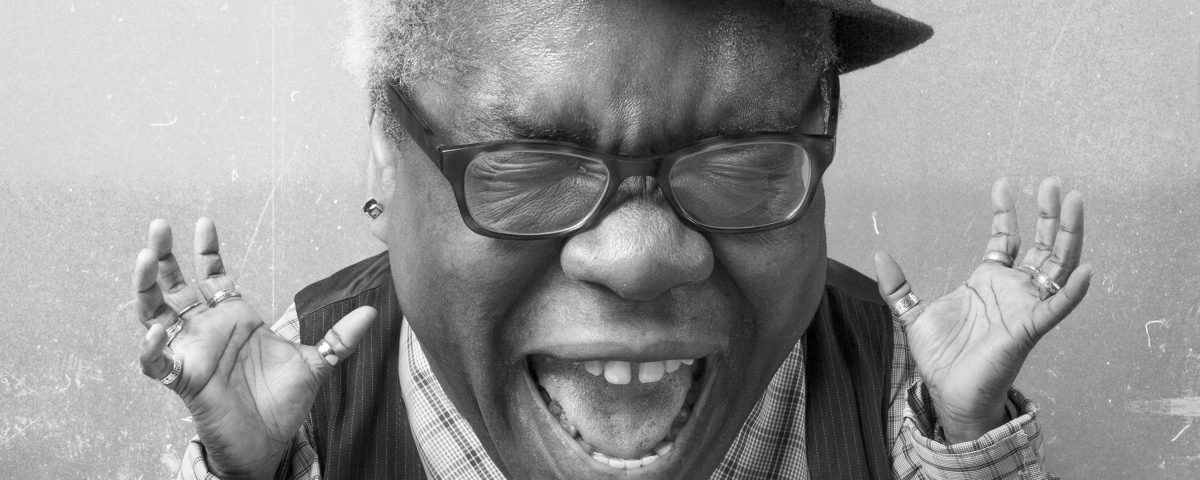Prostate cancer treatment-related hot flashes: causes, symptoms, and treatment
By Laura Bourdeanu, NP, PhD
Most cancer treatments can cause side effects, and hormone therapy in men with prostate cancer is no exception. One common side effect that has been experienced by men with prostate cancer is hot flashes, also known as a�?flashinga�?. In the past, it was thought that hot flashes only happened to women. However, this has been proven wrong and if you find yourself “flashing” after a bout of treatment for your prostate cancer, then it is completely normal.
Essentially, the prostate cell growth is in the hands of the hormone, testosterone. Thus, it is thought that reducing the levels of this hormone via androgen deprivation therapy (ADT) will help treat prostate cancer. The thing is that when the testosterone levels in your body drop, then hot flashes can happen.
Symptoms
The symptoms include feeling warm suddenly or a flush traveling down from the head and trunk. These signs occur with reddening skin and profuse sweating. Fortunately, these hot flashes occur mostly at night and are as brief as four minutes long. They can either happen infrequently or 6-10 times a day. In some cases, men also experience anxiety during these flashes.
Treatment
A variety of treatments have been studied for reducing hot flashes in men, including natural female hormones, synthetic female hormones, and non-hormonal therapies.
- Natural female hormone, such as diethylstilbestrol, is at least 70% effective in treating hot flashes. However, this treatment may cause unfavorable side effects, such as breast swelling and tenderness. In some cases, the use of diethylstilbestrol may increase the risk of heart attack or stroke, so if you are at risk for heart attack or stroke you should consult your doctor before using it.
- Synthetic female hormones, such as megestrol acetate and medroxyprogesterone acetate, are almost as effective as the natural female hormones, with 70%-90% reduction in hot flashes.
- Non-hormonal medications, such as venlafaxine and gabapentin, are currently being used to reduce hot flashes, as they can be 50% to 87% effective.
The frequency and intensity of hot flashes decreased with the use of all these three drugs. However, the hormonal therapies were twice as effective in hot flashes treatment as the antidepressant.
Several other interventions have been assessed but their effectiveness has not been established. These include:
- Acupuncture
- Black cohosh
- Hypnosis
- Peer counseling
- Relaxation therapy
- Vitamin E
- Yoga
What you can do
Although the following tips are not based on the results of research studies they may be useful in preventing or minimizing the intensity and/or frequency of your hot flashes, without being considered harmful. These include:
- Learn what triggers your hot flashes and avoid them
- Wear loose-fitting clothes
- Keeping air moving at home by opening windows
- Using relaxation techniques, such as slow, deep breathing
- Cut out coffee, tea and nicotine
- Cut down on alcohol
- Keep your room cool
- Spray your face with cool water
- Wear layers of light clothing that can be removed
- Wear natural fibers such as silk or cotton
- Sip cold or iced drinks
- Have a lukewarm shower or bath instead of a hot one
- Sleep on cotton sheets
Lastly, experts advise that for most men, the hot flashes may be treatable, however, they advise that you wait them out before seeking treatment for them.A� It is better to see if you really need treatment for hot flashes before doing so.


